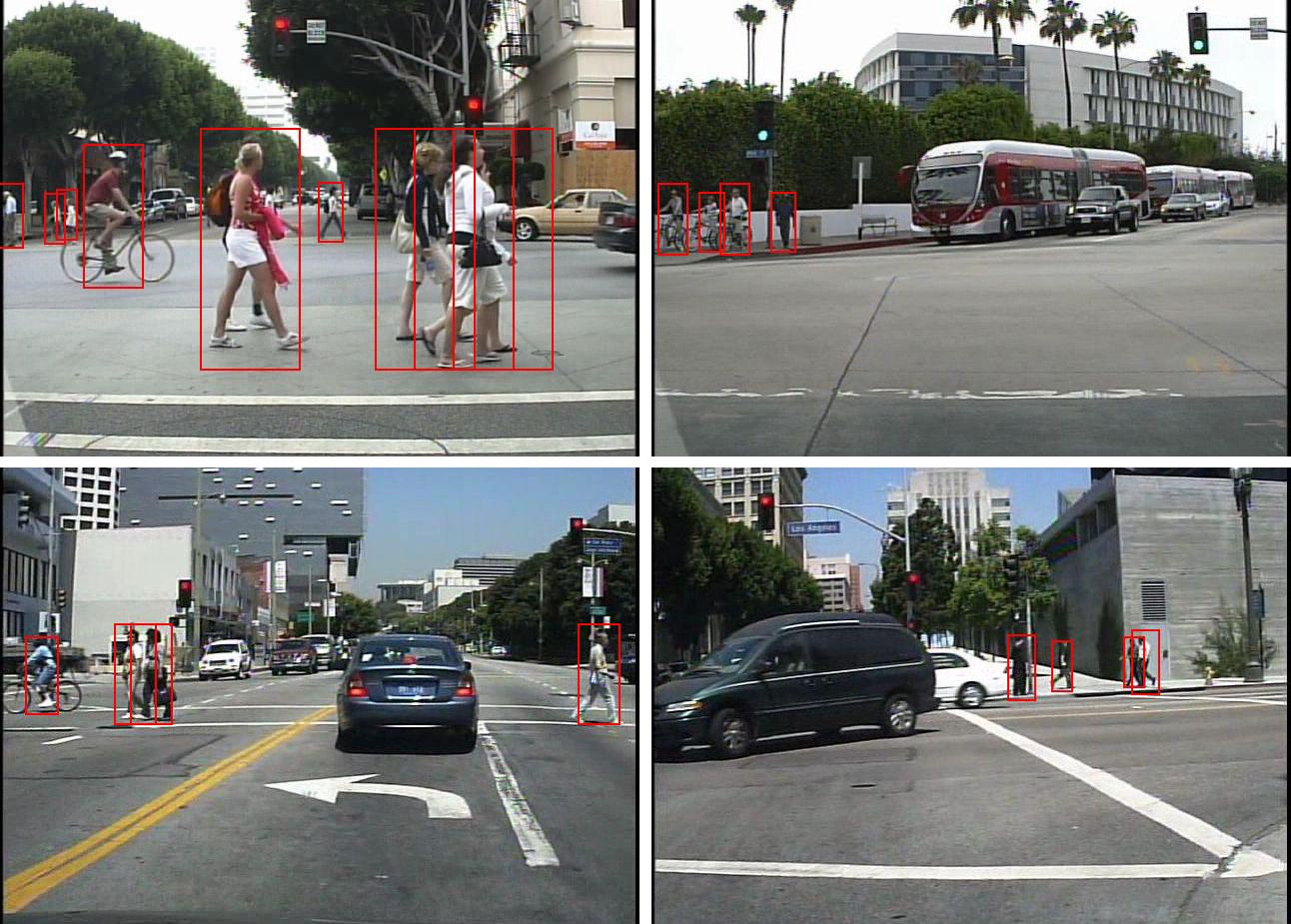What if computers could recognize objects as well as the human brain could? Electrical engineers at the University of California, San Diego have taken an important step toward that goal by developing a pedestrian detection system that performs in near real-time (2−4 frames per second) and with higher accuracy (close to half the error) compared to existing systems. The technology, which incorporates deep learning models, could be used in “smart” vehicles, robotics and image and video search systems.
